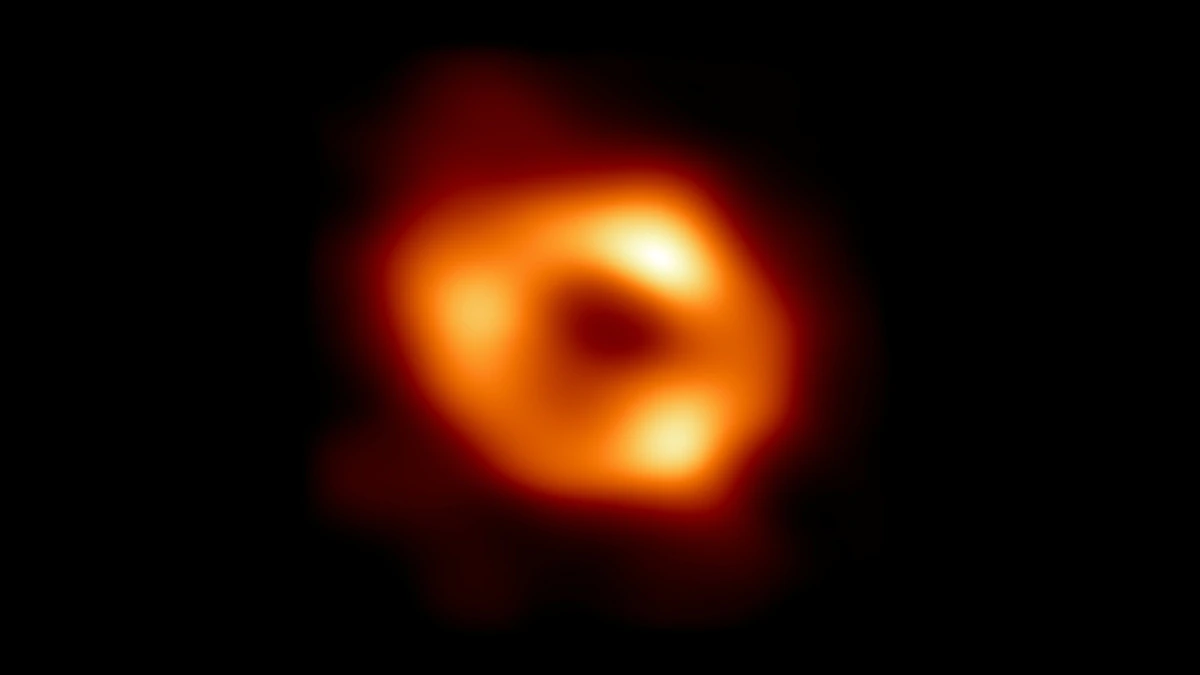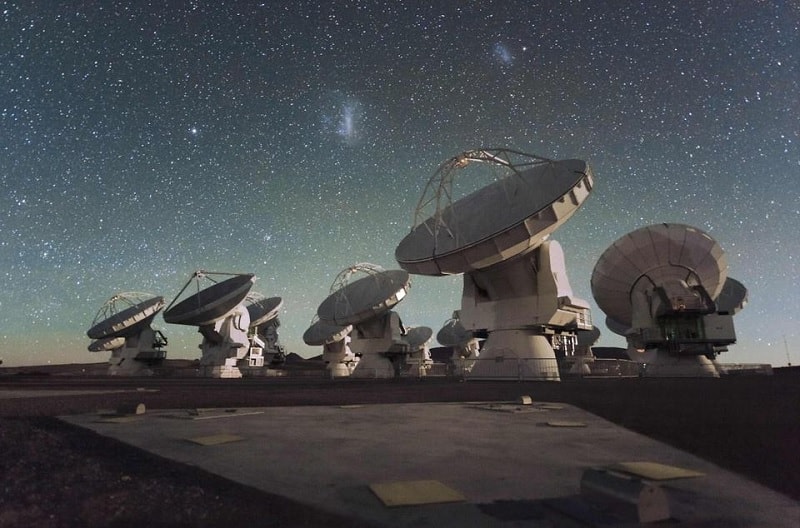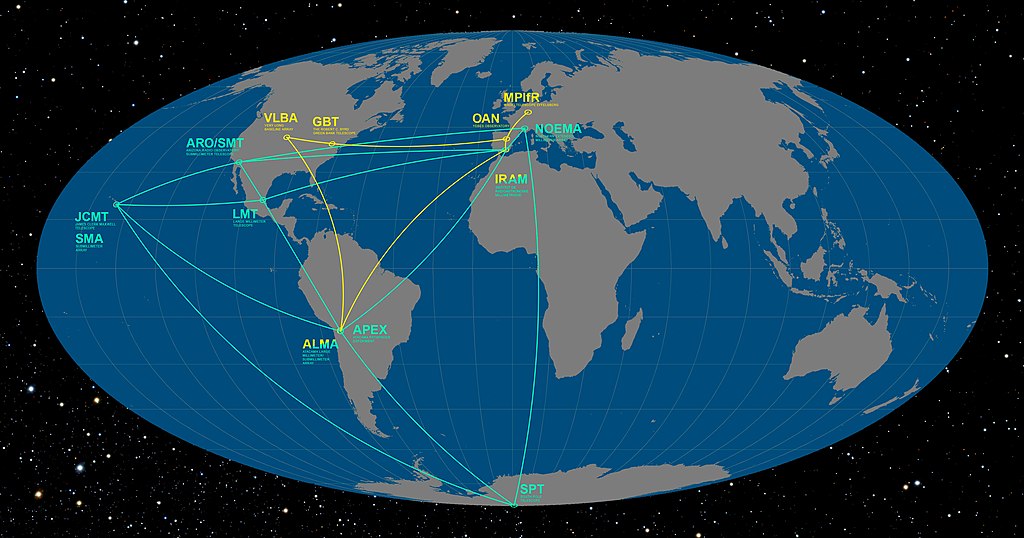Black Hole Photography

On May 12, 2022, scientists has managed to take the first picture of Sagittarius A*.
This is the second picture ever taken of a black hole, the previous one being the black hole of the supergiant Messier 87 galaxy.
Sagittarius A* is the black hole of the Milky Way. It is so heavy, multiple stars are actually orbitting around it (28).
This is a big deal. It's not easy to take a picture of a black hole. Even though they're extremely large, they're also extremely far away, to the point where it is physically impossible to take a picture at such a high resolution.
Sagittarius A* is roughly 4 million times heavier than the sun, while M87* is 6.5 billion times heavier. However, while Sagittarius A* is just 26000 light years away from Earth, M87*, being the black hole of another galaxy, is located 53.5 million light years away from Earth, a much bigger number. Turns out the two black holes have roughly the same apparent size from Earth.
Taking the pic

Taking the picture itself is not an easy task. You can't just take a picture with a really good camera, the resolution is not enough. You'd need a large dish, which can capture light at a very high resolution.
The black holes are, however, still too far away for regular light to come in, especially when you consider there is a lot of dust between Earth and the center of the Milky Way, which hides a lot of light. You need to instead capture extremely high energy photons in order to see anything. That's what is being used. The picture of the black hole you're seeing isn't regular light, but radio waves. That's good enough, though.
The bigger the dish is, the higher resolution the image is. Why don't we get better dishes, then? Well, there's a slight problem: The predicted size a dish would need to be in order to visualise objects this far away at all would be around the size of the Earth. That's just physically impossible.

The scientists have found a nice trick: They found out that if you were to instead have a large number of telescopes scattered all around the Earth, you can practically use them all at once like one single telescope the size of Earth, as long as they're perfectly synchronized using something like an atomic clock.
This super high resolution telescope network can actually visualise the black hole. It is called the Event Horizon Telescope. These had to record a lot of data, roughly 4 gigabytes per second. A total of 5 petabytes of data was recorded, then processed by supercomputers. In order to transmit the data from all around the world to the supercomputers, instead of doing it through the internet, it was more efficient to physically move the hard drives.
What's on the pic?

A black hole would normally not be visible. The "black" part of the black hole is due to the light entering physically not being able to escape.
The light around is actually caused by dust and debris being sucked into the black hole. The dust, being so close to the black hole, actually accelerates around it, which causes it to heat up and reach incredibly high temperatures, which in turn makes the dust glow. This is called the accretion disk.
The dust tends to follow the direction in which the black hole spins, and is visualised into a flat ring. However, in the picture, it seems like the ring is directly facing us. Are we just really lucky?
But, due to the mass of black holes, they're so heavy that they actually bend light around. The truth is that the ring are not actually be facing us. The part of the ring being hidden by the black hole could have its light be bent above, causing them to be visible all around the black hole even though they should logically not be there (See the picture of Interstellar's black hole).
This means that the glowy part in the picture is the accretion disk of Sagitarius A*. It is incredibly luminous, the temperature actually reaches up to 10 billion °C.
In turn, the dark center of the black hole could be its event horizon, where light can't escape from within. Although in reality, it's slightly more complicated than that, and could actually not be the event horizon.
The future
The scientists are currently looking to expand the Event Horizon Telescope network in the future. This means adding more telescopes and getting more data of Sagittarius A*, to get higher resolution pictures, with hopefully more details.